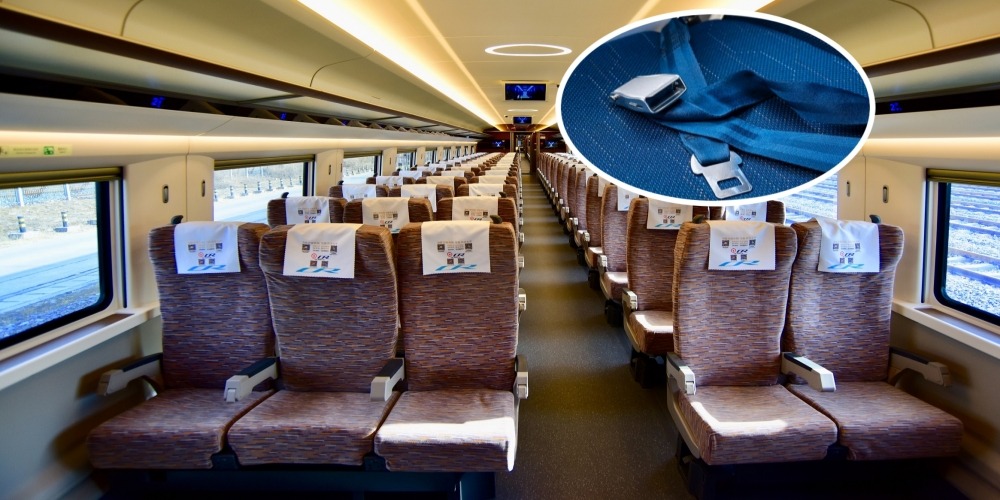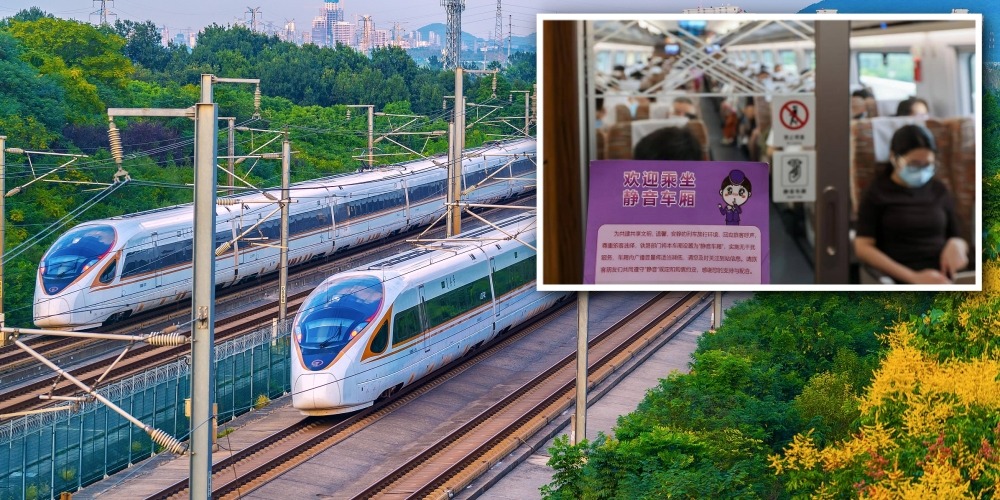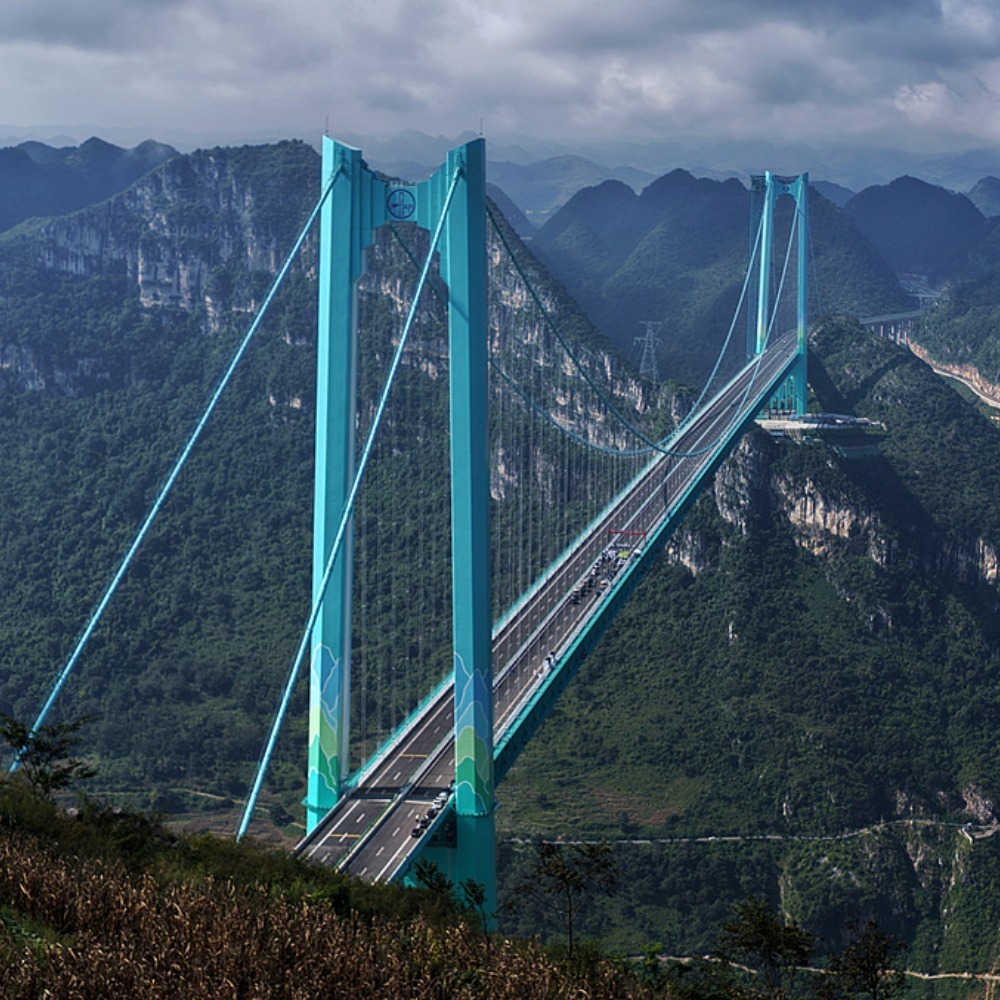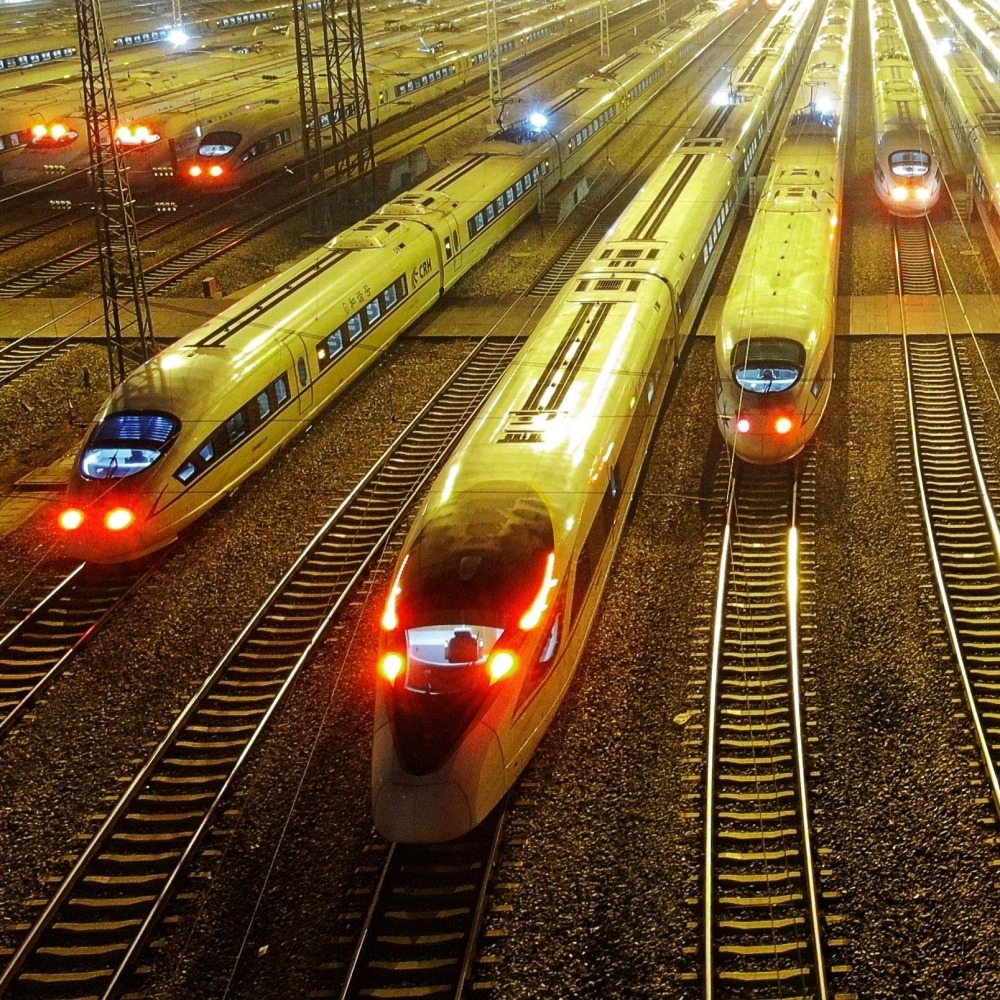Published : 2024-04-17
China's high-speed rail continues to break new ground with the development of a high-speed train capable of speeds of 400 kilometres per hour.
A prototype of the bullet train will roll off the assembly line later this year and set to enter service by 2025, which would make it the fastest high-speed train in the world.
CR450: world's fastest high-speed train
In September 2017, the CR400 Fuxing bullet train, capable of speeds of up to 350 kilometres per hour, began operations on the Beijing-Shanghai high-speed rail, setting a new benchmark for the world's high-speed rail operational speed.
Now, the development of the CR450 train, capable of speeds up to 400 kilometres per hour, is in full swing.
"CR" stands for "China Railway", and the following number represents the highest speed in the experiment.
Therefore, CR400 refers to the highest experimental speed of 400 kilometres per hour, with an actual operating speed of 350 kilometres per hour.
CR450 refers to the highest experimental speed of 450 kilometres per hour, and the actual operating speed will be 400 kilometres per hour.
After the CR450 train joining service, it is expected to become the fastest high-speed train in the world.
Compared to previous trains, what specific breakthroughs does the CR450 have?

Breakthrough 1: Speed
Since the launch of the CR450 project in 2021, 17 new technological component prototypes have been completed and 57 scientific research trials have been conducted.
The project has also created new records for single-line speed of 453 kilometres per hour, relative meeting speed of 891 kilometres per hour, and tunnel meeting speed of 840 kilometres per hour.
Breakthrough 2: Braking system
From an operating speed of 350 km/h to 400 km/h, the most crucial technology is not about whether it can run, but about whether it can stop reliably, stably, and accurately.
According to railway researchers, the most important aspect is the braking system, which allows high-speed trains to stop within a very short time.
The top technical indicator requires that the braking distance of the CR450 remains the same as that of the CR400 at 350 kilometres per hour, which is 6,500 metres, which means there should be an increase in the braking ability of the entire train.
The test brake discs gradually turn from black to red and then from red to black under simulated extreme working conditions, with a temperature difference that can exceed 700℃.

The data accumulated during the change process is stored in the "smart brain," building a digital model and performing precise calculations for each part of the test.

Breakthrough 3: Weight reduced by 12%
To make the train run faster, stop steadily, and lower energy consumption, it needs to be more powerful and lighter.
According to railway researchers, the traction power of the CR400 is 9,600 kilowatts, while that of CR450 must reach 11,000 kilowatts. Therefore, researchers have reduced the weight of the train.
The weight of the CR450 carriage is approximately 10 tonnes, which is about 12% lighter than the existing CR400 Fuxing bullet train, while running resistance and energy consumption metrics are both reduced by 20%.
Also, braking performance and traction efficiency are increased by 20% and 3%, respectively.
This allows an increase of 50 kilometres in operation speed to reach 400 kilometres per hour, with the same braking distance, noise, and energy consumption indicators.
Breakthrough 4: New materials
According to the design requirements, while increasing its speed by 50 kilometres per hour, the CR450 train does not exceed the noise and energy consumption environmental indicators of the CR400 Fuxing bullet train.
This is due to new technologies and high-efficient lightweight new materials, which contribute to continuous quality upgrades in the high-speed rail industry.
The permanent magnet motor of the CR450 traction system is being used for the first time in China's commercial high-speed trains.
When working, its electrification exceeds two thousand volts, with a rotation speed of one hundred turns per second, improving the power by 14.5%.
In addition, the CR450 train uses a large amount of carbon fibre composite material, which has a lower density compared to traditional materials, and has advantages such as light weight, high strength, high temperature resistance, and fatigue resistance.
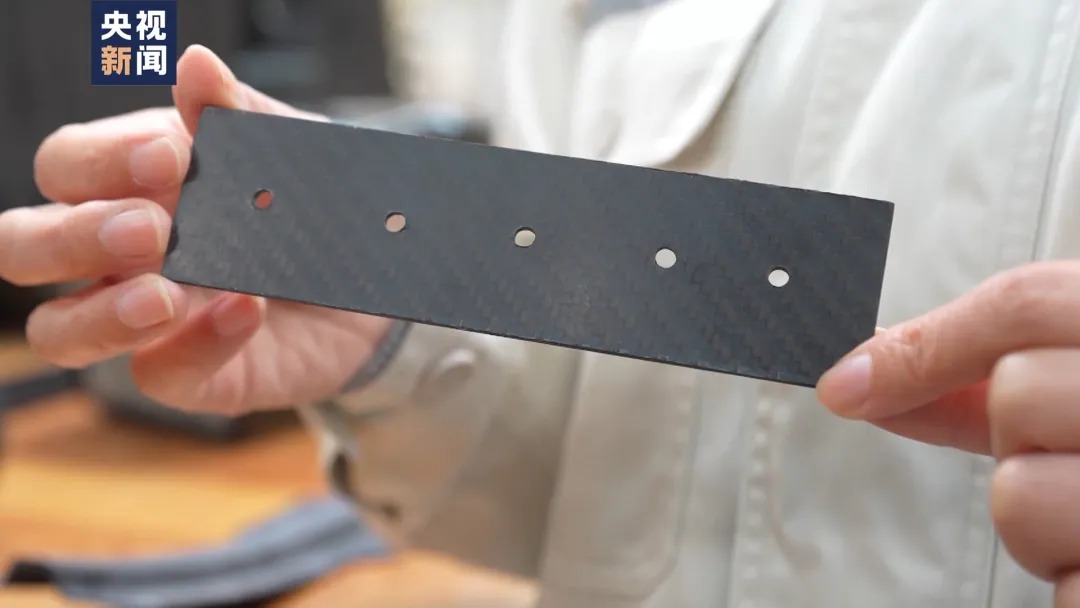
These can help the train with vehicle weight reduction, speed increase, and energy consumption reduction.
From Guangzhou to Beijing in 5 hours?
According to media reports, the full length of the high-speed rail from Guangzhou to Beijing is about 2,200 kilometres. At 450 kilometres per hour, it would only take approximately 5 hours to travel from Guangzhou to Beijing.
However, it should be noted that this is an ideal scenario. In actual operation, due to limitations of line conditions and train performance, the running time will inevitably exceed 5 hours.





